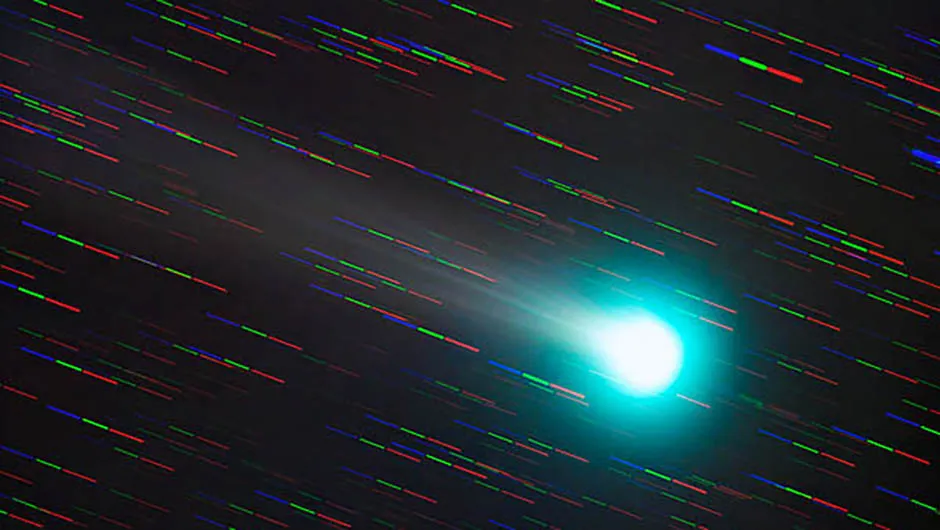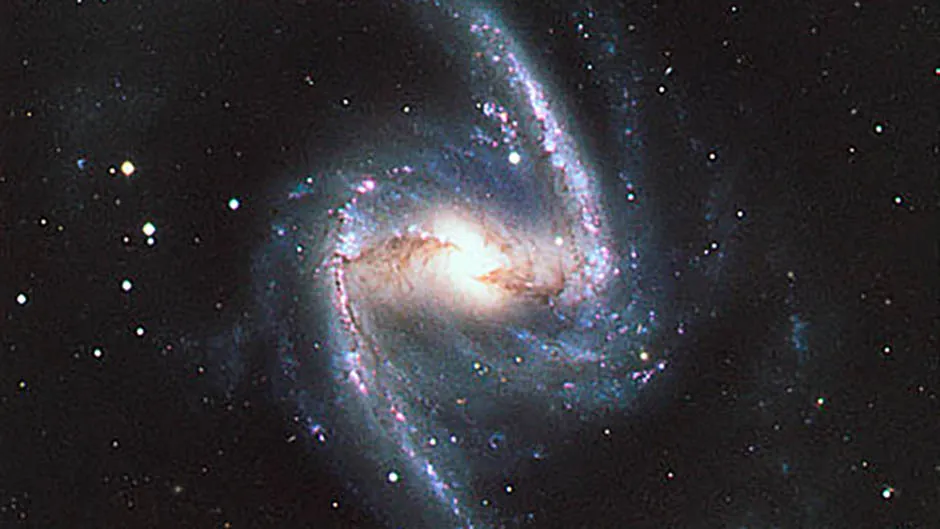Commissioned in 1974, the Anglo Australian Telescope is a 3.9-metre instrument operated by the Australian Astronomical Observatory.It remainsone of the most formidable telescopes in the world due to continued upgrades that embrace modern technology to increase its observing prowess.
The decision to build the telescope was made in 1967 following conversations between the Australian Academy of Science, the Royal Society in London and the Australian and UK governments.
Its purpose: to open up the southern skies for further study. It was the telescope that revealed the nature of the Boomerang Nebula, known as the coldest place in the Universe.
One of the first astronomers to work on the AAO was David Malin, an English-born former chemist whose previous work was in optical and electron microscopy.
Moving to Australia in 1975, Malin would work for 26 years at the Anglo-Australian Observatory (now the Australian Astronomical Observatory), and spent many a long night helming the AAT to explore the Universe.
Today, optical fibres enable astronomers at the AAT to capture the light thousands of galaxies per night, from the same location from which its photographic images were once made.
This has enabled astronomers to create data sets of spectra of millions of galaxies, as astronomical images are intercepted instead by optical fibres.
In fact, optical fibres can be placed on many different targets at once, optimising the telescope’s light-gathering power.
We spoke to David Malin about astronomy in Australia, what it was like working on the AAT in those early days, and the kind of scientific work he was involved in.
The Anglo Australian Telescope was the first big telescope to be properly computerised.
It was designed in the late 1960s and the first computers were quite straightforward and simple, but this made a huge difference to the way the telescope was operated.
We also had an autoguider built into the camera, and that allowed the telescope to follow the stars with enormous accuracy.
This was very important because it is a huge instrument and it has to compensate exactly for Earth’s rotation if you want to keep the image sharp.
Exposure times could be several hours sometimes!
The Isaac Newton Telescope, which I used at La Palma, didn’t have an autoguider at the time so it was quite difficult to guide.
And there were some smaller telescopes that I used at Siding Spring that belonged to the Australian National University that were also quite tricky.
Even though they were small, they just didn’t track well so you had to be on the ball all the time.
This could be quite frustrating because one minor distraction or a sneeze and the target would be lost!
At 3am it can be quite difficult to concentrate for long periods of time, and it’s often cold in the winter too.
When you get it right it can be very satisfying of course, but when you get it wrong it's frustrating because you very rarely get a chance to do a retake.
On a big telescope, a scientific committee will decide who gets the allocated observing time, and you have to have a very good scientific justification for applying for time in the first place!
Colour photography just didn't cut it.
Most of the plates taken during my career were for scientific purposes.
So we would be doing morphological studies of galaxies or looking at star forming regions.
You have to remember that the Anglo Australian Telescope was one of the first really good, big telescopes in the southern hemisphere, so there was a lot of new work to be done.
Many of the plates involved taking a look at things that we weren’t able to view from the northern hemisphere, but these images weren’t made just for pretty colour pictures!
If you photograph a star in blue light, and then photograph the same field in green light, you can measure the magnitudes of the stars in those two colours, and comparing the two enables you to derive the star's colour temperature.
If you have the temperature of a star, you can tell what kind of star it is.
So you are working with colour, but not in a photographic sense. You’re just measuring the colour in order to understand the nature of the object you are looking at.
I worked on this method for a while, but it wasn’t long before I realised that if I had a red light photograph as well I could make an RGB true-picture.
I ended my career using electronic detectors, as digital astrophotography was advancing in the 1990s.
I used CCDs on the Anglo Australian Telescope for the last few years of my working there and thoroughly enjoyed that transition, because it opened up a lot of new possibilities.
I really regretted getting into astronomy so late on in life.
I was 35 years old when I joined the AAO in Australia. I’d loved to have been involved in it a decade or so before.
It has to be said that the southern hemisphere is much more spectacular than the northern.
The northern hemisphere is fine, there’s plenty of good stuff there, but in the southern hemisphere during winter the Milky Way arches from horizon to horizon and it’s much brighter than you ever see it in Britain.
In summer in the southern hemisphere you can see the nearest galaxies to the Milky Way, called the Magellanic Clouds, and the finest globular clusters, which are beautiful, but the southern Milky Way is really quite something!
And of course there's hardly any light pollution, which makes a big difference.
Below is a selection of some of the images captured by David during his time working with the AAT. To see more, visit his website here.




